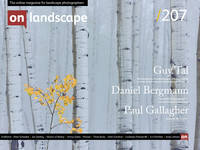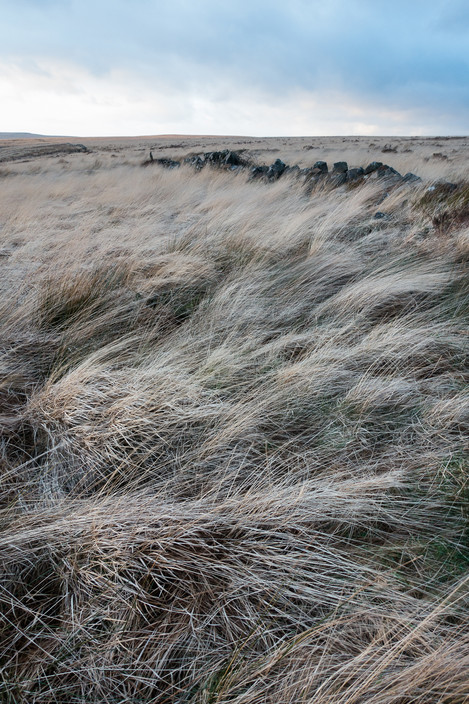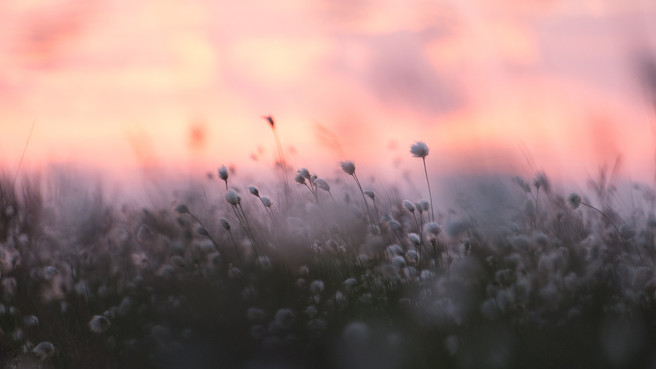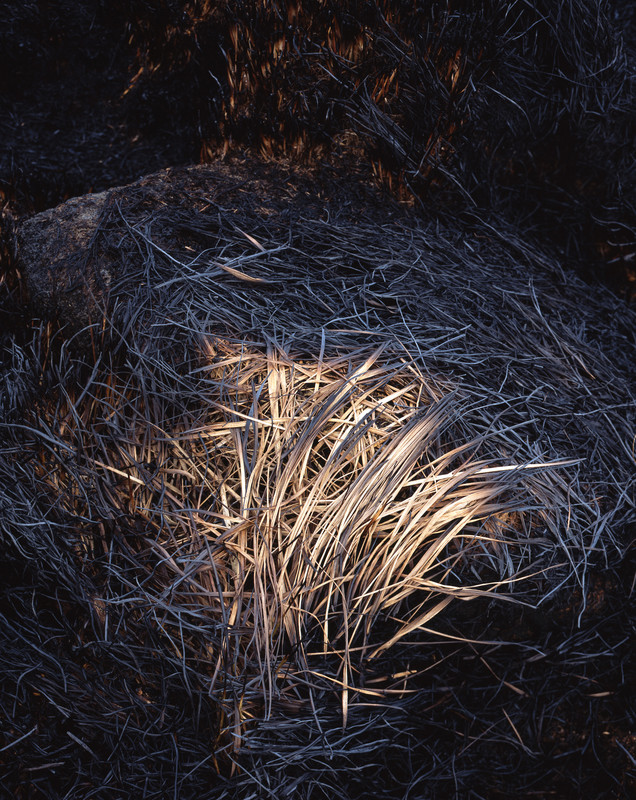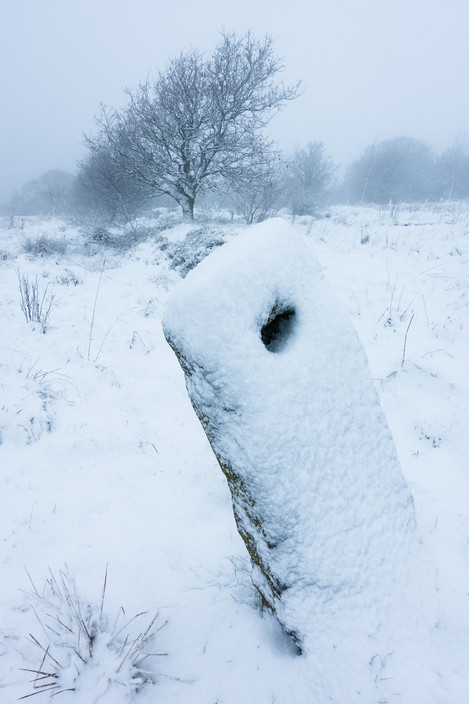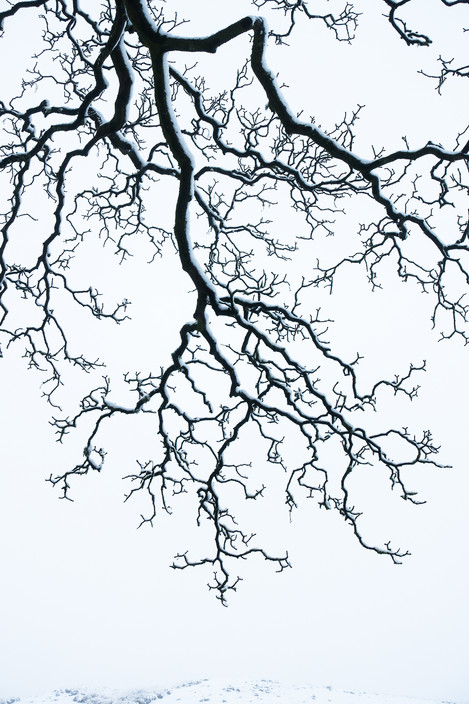A remarkable unremarkable place

Andy Latham
Based in Bolton, I concentrate my photography on the landscapes of north-west England, with occasional forays to Scottish islands. The images that I make are simple observations from my wanderings, whether that be a grand vista or a more intimate detail.
‘The Hill’ will not be found in any guidebooks or lists of ‘must-visit’ places. It will remain unknown, unvisited, even by most of the people who live nearby. It is of modest height – barely topping 1,000 feet – and from afar has no distinguishing features to separate it from other rounded forms in the West Pennine Moors. A housing estate encroaches upon its south-western slopes, a golf course to the south. It is usually a wet, soggy place of wind and rain. And yet, it is a remarkable unremarkable place that plays an important part in my photography, though not necessarily in terms of actual photographs.
‘The Hill’ is Cheetham Close, a hill that lies at the northern edge of Bolton,
A stroll up the hill acts as a seasonal reminder of the constant, subtle changes in nature that can often pass unnoticed. As I write this in early March three lapwings have just returned to the horse field to begin their acrobatic courtships while higher up on the moor the skylarks are tuning up, ready to make a mockery of Vaughan Williams. The plaintive call of the curlew occasionally haunts one’s passing along the summit moor and very rarely I may be lucky enough to hear the bizarre sound of a snipe drumming.
The moor itself can frequently appear bleak, empty, unchanging until you observe the transition of the moorland grasses from the vibrant, urgent growth of spring, through the dull established green of summer followed by a few weeks of intense orange before settling into the pale straw of the long winter. And then there is the glory of cotton grass. For a few weeks in May and June the bobbing white heads of swathes of cotton grass are a sheer delight. Every year I await the display with anxious anticipation, wondering if there will be much of a show or even wondering where the best displays will pop up as the cotton grass appears to travel along the moor.
Wandering through the rough pasture below the hill one can observe the growth of the trees planted 15 years ago – the birch, hazel and hawthorn growing slowly, slowly; the empty green tree guards marking where the struggle was too much. The sudden burst of hawthorn blossom will remind me to explore the fells of south Cumbria and the Dales while the succession of wildflowers – lady’s smock, bilberry, bluebells, tormentil, batchelor’s buttons, and spearwort – hint at the potential displays elsewhere. In July I wait in anticipation of the foxglove stand that grows near the bench – some years extraordinary, others a sad disappointment. Of an evening you can startle a deer, spot a fox skulking through the long grass or, most magical of all, follow the silent quartering of the pasture by the elusive barn owl. The only constant on my walk is that there will be something different, something to observe, some reason to say, ‘Hey, look at that!’
The Hill played an important role in the development of my photography. My first ever magazine competition win was with a photo of an old wooden gate on the shoulder of the hill under snow on a gorgeous winter evening; my first cover photo for Lancashire Life was a view towards Winter Hill from the summit and my first Viewpoints article for Outdoor Photography was of Cheetham Close. Ideas for photo projects or articles (including this one, of course) are often born while enjoying the freedom of thought on the walk.
These days I rarely take my full kit out on the hill but my Sony compact sometimes accompanies me and I enjoy the spontaneous freedom it provides. Ultimately, though, the influence of the hill is the exposure on the walk to the constant changes in nature that help to reignite my curiosity and rekindle my desire to explore, even if that may be elsewhere.
Postscript
And then there was lockdown.
No more jaunts to the Dales or Silverdale. I am restricted to ‘The Hill’. How lucky I am!
I composed the article in early March and now a lot more people are familiar with ‘The Hill’. Initially, I was very proprietorial, objecting to all these ‘Johnny-come-latelys’ spoiling my sense of exclusivity but now I realise that it has become an important part in the daily lives of many people in the area along with the reservoirs and strips of woodland currently bursting into life. So many more people are now enjoying the beauty on their doorstep and I’m sure this is being repeated all over the country – small pockets of nature providing essential contact with the natural world. Remarkable unremarkable places.
This can only be a good thing. People are becoming more connected to the natural world and feeling the benefits of a simple walk in the countryside. Furthermore, the regularity of that contact means that they are observing the variety and daily changes of spring that they would most likely miss in more busy times. One can but hope that there will remain a sense of the importance of nature and a desire to look after it a little better when things get back to normal.
In the meantime, I myself am exploring paths I’ve not walked for over 15 years (or at all in some cases) and reacquainting myself with some of the natural delights of the West Pennine Moors, compact camera in my pocket and enjoying the freedom of taking a few snaps on the way.

